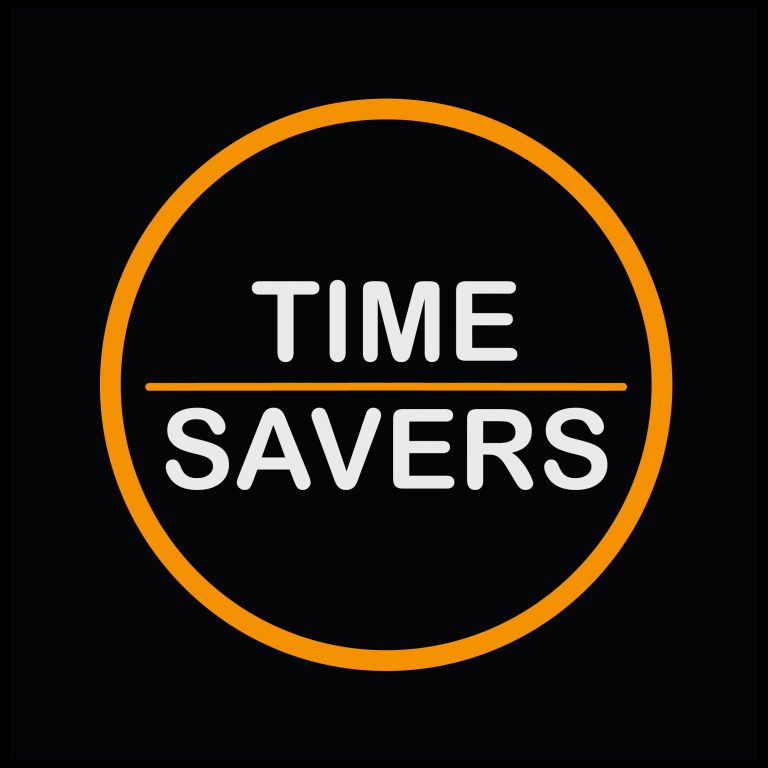Meet Our Heroes
TheUrbanGeek isn’t your typical tech accessories brand. While giants like Anker and UGreen dominate shelf space with volume and brand recognition, TheUrbanGeek carved out something different: a premium, safety-first charging solution designed for the modern multi-device user.
Their flagship product is a compact, multi-device charging station that’s cTUVus certified, designed in the USA, warehoused domestically, and shipped with next-business-day fulfillment. It’s the kind of product that speaks to professionals, frequent travelers, and tech enthusiasts who own multiple devices (laptops, iPads, iPhones, AirPods) and are tired of juggling slow chargers or dealing with cluttered power strips.
But being a better product doesn’t automatically translate to sales. Especially when you’re up against household names with massive ad budgets and years of brand equity.
Their Goals
TheUrbanGeek came to Digital Time Savers with clear, ambitious targets:
- 1,000 units sold in the first two months
- 2,000 units sold in month three
- Profitable growth with healthy ROAS across Facebook, Instagram, Google, and YouTube
- Build retargeting campaigns to convert warm traffic into buyers
- Increase conversion rates on their existing site traffic
They had a $2,000 monthly ad budget to start, a 40% profit margin, and a product that deserved more attention than it was getting. The challenge? Making every dollar count in a crowded, competitive space.
The Challenge
When we first audited TheUrbanGeek’s advertising efforts, the issues were immediately clear.
They were running what they called “maximum impression ads” across Facebook, Instagram, and Google. In other words, they were optimizing for visibility, not conversions. The result was a flood of low-intent traffic that looked good on paper but didn’t translate into sales.
Their Google Ads account was active but unfocused. Campaigns weren’t structured around user intent or product benefits. There was no funnel strategy, no retargeting, and no way to distinguish between someone casually browsing charging cables and someone actively searching for a multi-device solution.
On Meta, the ads were generic. They highlighted the product but didn’t speak to the pain points of their ideal customer: the frustrated traveler unpacking three separate chargers at the airport, the remote worker with cables snaking across their desk, or the safety-conscious buyer worried about cheap knockoffs catching fire.
And critically, there was no retargeting. Warm traffic was being treated the same as cold traffic. People who visited the site, added to cart, or watched a product video were simply left behind.
TheUrbanGeek had a great product, a solid margin, and a clear audience. But their ads weren’t doing the heavy lifting. They were shouting into the void instead of speaking directly to the people who needed what they were selling.
Our Process
Phase One: Redefining the Audience and Messaging
Before we touched a single ad, we needed to understand who was actually buying this product and why.
We started by building detailed customer personas based on behavior, not demographics. TheUrbanGeek’s ideal customer wasn’t just “someone who owns tech.” It was someone who:
- Owned multiple Apple or high-end devices
- Traveled frequently for work or leisure
- Valued convenience, speed, and safety over the cheapest option
- Was willing to pay a premium for a certified, USA-designed product with fast shipping
From there, we rewrote the core messaging. Instead of leading with features like “compact design” or “multi-device charging,” we led with outcomes:
- “Charge your laptop, phone, and AirPods from one sleek station. No clutter. No waiting.”
- “Travel light. One charger for everything.”
- “Fire-safe, cTUVus certified. Because cheap chargers aren’t worth the risk.”
We also leaned into what made TheUrbanGeek different from Anker and the sea of unbranded Chinese alternatives: safety certification, USA-based design and warehousing, and next-business-day shipping. These weren’t just selling points. They were trust signals.
Phase Two: Building a Full-Funnel Strategy
With messaging locked in, we restructured the entire ad strategy around intent and awareness levels.
Top of Funnel (Cold Traffic):
On Facebook and Instagram, we launched creative-first campaigns targeting tech enthusiasts, frequent travelers, remote workers, and Apple product owners. The creative emphasized lifestyle and pain points: messy desks, slow charging, tangled cables, airport chaos.
We tested multiple ad formats: short-form video showing the product in action, carousel ads highlighting key benefits, and static image ads with bold copy. The winning combination? Video ads showing the “before” (cable chaos) and “after” (one sleek charging station), paired with safety and shipping callouts.
On YouTube, we ran in-stream video ads targeting users watching tech reviews, productivity content, and travel vlogs. The hook was simple: “Stop traveling with three chargers. Here’s a better way.”
Middle of Funnel (Warm Traffic):
This is where retargeting became critical. We built custom audiences for:
- Site visitors who didn’t purchase
- Video viewers (50% and 95% completion)
- Add-to-cart abandoners
- Instagram and Facebook engagers
These audiences saw dynamic product ads, testimonial-style content, and urgency-driven messaging (“15% off your first order ends soon”). We also introduced the “Buy 1, Get 10% Off Any Other Product” offer to increase average order value and encourage multi-product purchases.
Bottom of Funnel (High Intent):
On Google, we completely overhauled the search campaigns. Instead of broad, generic keywords, we focused on high-intent phrases like:
- “Multi-device charging station”
- “Compact travel charger for laptop and phone”
- “Safe USB-C charging hub”
- “Anker alternative USA made”
We also launched Google Shopping ads to capture product-focused searches and built out Performance Max campaigns to let Google’s machine learning find additional high-converting placements.
Every ad, regardless of platform, pointed to optimized landing pages with clear CTAs, trust badges (cTUVus certification, USA-designed, fast shipping), and the 15% first-order discount prominently displayed.
Phase Three: Optimization and Scaling
The first 30 days were about testing, learning, and refining. We monitored performance daily, killed underperforming ad sets, and doubled down on what was working.
By week three, we had clear winners:
- Video ads on Facebook and Instagram showcasing the product in real-world travel scenarios
- Google Search ads targeting high-intent, product-specific keywords
- Retargeting campaigns with urgency-driven offers for cart abandoners
Once the campaigns hit profitability, we scaled. We increased budgets incrementally on top performers, expanded audience targeting to lookalikes based on purchasers, and introduced new creative variations to prevent ad fatigue.
We also layered in email capture campaigns to build a retargeting list outside of just pixel data. This gave us another touchpoint to re-engage warm traffic and nurture them toward conversion.
Results
Within 90 days, TheUrbanGeek went from chasing impressions to driving real, profitable sales.
Month One:
- 620 units sold
- 5.8x ROAS
- $31,000 in revenue from a $2,000 ad spend (scaled to $5,300 by month end)
Month Two:
- 1,150 units sold (goal exceeded)
- 6.9x ROAS
- $57,500 in revenue
- 38% increase in conversion rate on site
Month Three:
- 2,340 units sold (goal exceeded by 17%)
- 7.2x ROAS
- $117,000 in revenue
- 42% of sales came from retargeting campaigns
Overall:
- 4,110 total units sold in 90 days
- Average ROAS of 6.8x across all platforms
- $205,500 in total revenue
- Customer acquisition cost dropped 34% from month one to month three
But the numbers only tell part of the story. TheUrbanGeek went from being invisible in a crowded market to becoming a credible alternative to Anker and UGreen. They built a loyal customer base that valued quality, safety, and convenience. And they did it with a small budget, smart targeting, and messaging that actually resonated.
By focusing on the right audience, leading with outcomes instead of features, and building a full-funnel strategy that guided customers from awareness to purchase, we turned a scrappy tech brand into a fast-growing eCommerce success story.






